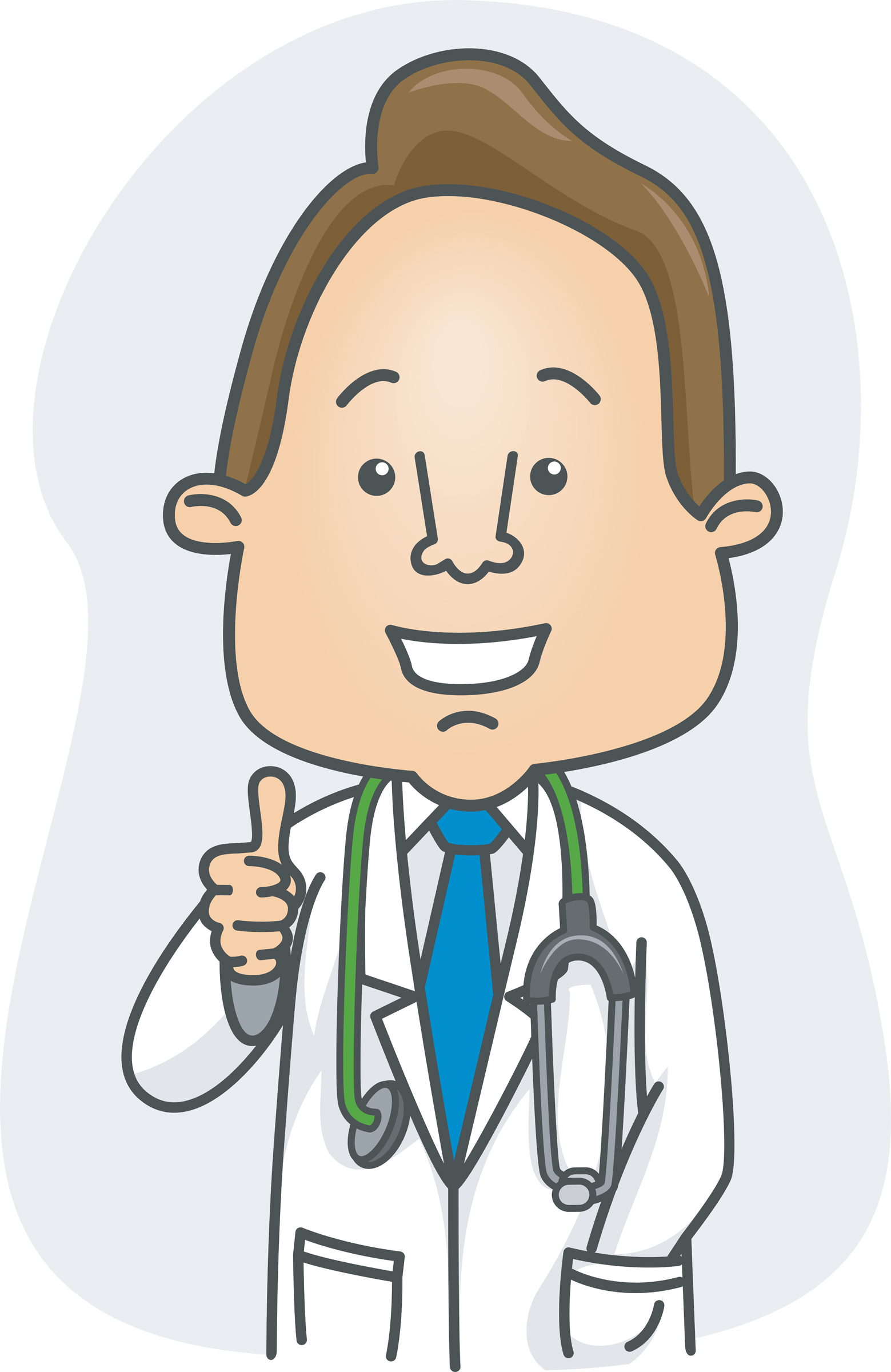Continued from Part 4…
Just after the three-month post-surgical mark, I had another follow-up appointment with my urologist. I had had some significant time to recover since the surgery, of course, and I wasn’t doing too badly. I was mostly-healed internally; thankfully, I had stopped peeing pink liquid. The continuing complaints I had were urgency and frequency with regard to my bladder behavior. I was also unhappy with the persistent tightness in my pelvic area that coincided with those symptoms and resulted in more trips to the restroom than I was really comfortable with. And the number of times I awoke during the night, to get up to urinate, continued to be problematic.
During this particular chat with the urologist, I made the observation that after years, yes decades, of frequent bathroom visits, I believed both my body and mind were still products of their long-term behavioral training. Despite the surgery, it appeared, my system was so accustomed to the bathroom ritual that it continued on, despite the radical intervention.
 The doc seemed to agree, and named other cases he had had that were similar to mine. He indicated that he been thinking about a strategy to address this condition: unfortunately, it involved yet another medication. He recommended a small dose of a low-risk, low-side-effect drug to control bladder behavior. (“It’s so mild they can give this to infants,” he said.) Although I wasn’t thrilled to take on yet another long-term medication (I had just recently disposed of my stash of Flomax, which I had been on for years), it seemed like a reasonable thing to try … especially when he indicated that we could view this as a temporary fix until my body could re-train itself. The drug involved is Oxybutynin, and I have been taking the 5-mg pill once a day since March 16, 2012 (just over thirteen months now).
The doc seemed to agree, and named other cases he had had that were similar to mine. He indicated that he been thinking about a strategy to address this condition: unfortunately, it involved yet another medication. He recommended a small dose of a low-risk, low-side-effect drug to control bladder behavior. (“It’s so mild they can give this to infants,” he said.) Although I wasn’t thrilled to take on yet another long-term medication (I had just recently disposed of my stash of Flomax, which I had been on for years), it seemed like a reasonable thing to try … especially when he indicated that we could view this as a temporary fix until my body could re-train itself. The drug involved is Oxybutynin, and I have been taking the 5-mg pill once a day since March 16, 2012 (just over thirteen months now).
For me, Oxybutynin has been only a partial solution. I had a short-term adjustment period getting used to the side effects (mostly dry mouth), but my body gradually came around to accepting the drug. And, over time, the tightness in my pelvic area became less pronounced and my bladder better behaved. However, given that I’m still taking it, this has obviously become a longer-term “temporary” fix than I’d anticipated.
A few months after I’d started on the Oxybutynin I was still having problems with frequency, so I was referred to a physical therapist specializing in bladder issues. (Yes, really, there are such therapists!) The whole physical-therapy experience will be the topic of my next entry.
 TechnoMonk
TechnoMonk